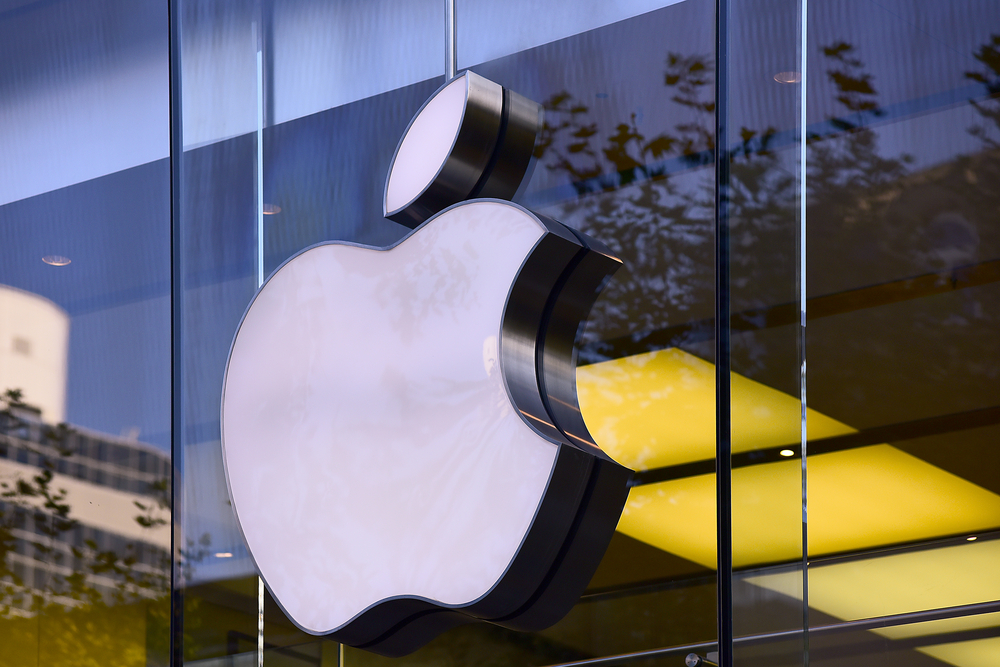Artificial reality has been around for a while now but with the somewhat belated arrival of Apple to the scene, it will go mainstream and this opens up all kinds of possibilities for brands, writes John Kilcullen.
AR is not new. In fact, it’s been in the toolkit of marketers as far back as 2010 when smartphones started to become mainstream. We all got really, really excited and had visions of products jumping off super market shelves, and day to day objects coming to life in interactive branded experiences.
This is not to say that these things aren’t possible. They very much so are, and lots of brands have executed great campaigns using AR over the past few years. Snapchat and Pokemen Go have teased us too and helped bring AR a little bit more mainstream.
Immersive and branded experiences have still just felt that little bit out of reach though, mainly from the barrier to entry that getting AR into the hands of consumers presents via either the costs associated with it, or just the clunky user journey it presents. i.e. Take out phone, go to app store, download link, open app, point phone… a tall order to ask when you only have a few moments to engage with a consumer.
But that’s about to change. You may have heard about Google Tango, which has been making waves in the AR world for a couple of years by integrating all kinds depth perception and image recognition technology into the next generation of Android powered smartphones. There’s lot to look forward to on that front. Facebook are gearing up for AR too, but like Google Tango it’s slightly more focused on the future rather than the now.
However, Apple is about to enter the AR fray with the upcoming release of iOS 11, and its developer focused ARKit. When Apple puts it weight behind an existing innovation, and wraps it up in a ready to go, easy to use, developer friendly and user friendly eco-system it tends to make it go mainstream.
MP3 players, online music services, tablets, smartphones, you name it, they were around long before Apple. Once Apple got behind these though, they pretty much revolutionised entire sectors.
With the release of iOS 11, the general perception is that they are about to do this for AR. ARKit, which is a set of tools to help developers and designers build AR apps, was released early this summer. This is important, as it has allowed developers to test and play around with iOS 11 in beta mode, and get to grips with what ARKit has to offer.
More developers involved, and a development framework to work within will inevitably mean more AR apps getting into the hands of consumers.
Getting third party developers involved and on board early has been a key to Apple’s success for many new iOS features and it means when iOS 11 launches in Autumn we can expect some really cool AR apps to start immediately appearing in the app store. Check out the Twitter page: @madewithARKit for some great examples.
More developers involved, and a development framework to work within will inevitably mean more AR apps getting into the hands of consumers. About time, say brand managers and agencies. We’ve been pitching AR and imaging great ideas for years now that never saw the light of day. There’s a definite sense now that AR will become a much more accessible tool in the marketers toolbox.
So what’s so good about iOS 11 and ARKit? Like Google Tango, AR Kit allows a phone’s camera to visually identify points of reference using the phone’s camera and other sensors. Basically, the phone will become spatially aware, which will in turn allow AR apps to place objects into a scene and allow them interact with their surroundings. Most importantly though, it makes making really immersive and interactive AR apps far easier to develop and roll out.
With all that said, we expect 2018 truly bring AR to life. Start expecting AR movie trailers that put characters into your living room, expect 3D interactive product demos being done on your desk via the camera on your phone, and really functional apps like a measuring tape that can actually measure one point to another or a restaurant menu that allows view each dish in 3D. Essentially, what we’ve been beginning to call “mixed reality” will finally become some at the tip of every consumers’ fingers.
To sum up, none of the above is truly new, but with Apple on board, AR is about to take off and become truly mainstream and consumer friendly. We’re really excited about it here in Verve, The Live Agency and we look forward to offering fun and accessible AR and mixed reality experiences to clients.
John Kilcullen, Head of Digital and Social at Verve, The Live Agency
First published in Irish Marketing Journal (IMJ August 2017)© to order back issues please call 016611660






















